Good Gaming, a subsidiary of CMG Holdings, has launched its first online tournament — the $10,000 Hearthstone: Heroes of Warcraft Open Invitational. The subscription-based site will allow all of its members to compete in the Open Invitational Tournament with the 300 Top Tournament Finalists vying for cash prizes. In addition, qualifying Good Gaming members who participate in the tournament will also have the option to compete for much larger prizes in future seasonal and annual tournaments.

Samuel J. Schwieters, co-founder of Good Gaming
The new site has been designed to give aspiring eSports fans a chance to connect with other pro gaming fans, learn from eSports pros and improve their gaming skills. Samuel J. Schwieters, co-founder of Good Gaming, talks about the role this new site, and its tournaments, will play in the growing eSports field in this exclusive interview.
We’ve seen companies like Virgin Gaming enter online eSports with a lot of money and then leave the space. What are the challenges of online tournament gaming today?
Most new ventures and organizations face the common challenges of credibility, awareness, and education when they first enter a new space. The eSports industry is no different. We have a lot of respect for organizations like Virgin Gaming that have the courage to take those first steps into “uncharted waters” and shed light and experience for all of us that follow. That being said, we are hosting our debut opening amateur level tournament playing Hearthstone: Heroes of Warcraft. We have a ten thousand dollar prize pool and you can watch the semi-finals and finals on Twitch at www.twitch.tv/goodgaminginc on October 26.
What differentiates Good Gaming from other offerings?
Good Gaming is a multi-game, multi-console platform. Most other sites focus on a single game and/or a single aspect of gaming; we will be the proverbial hub for the most popular commodities associated with eSports. Good Gaming is currently on release 1.0 of our Web platform, and will continue to grow and update the platform with community help and suggestions by design. While most similar sites go live with the feature set they will have for the life of the site, with a few tweaks here and there, we thought it extremely important to build a robust back end that allows us to rapidly add features and experience improvements with the community, instead of just giving lip service to the concept of a “community site.” As a start, we are offering tournaments, guides, news, and streaming, allowing us to deliver something for every eSports enthusiast. We believe our Mercenary system is a unique and innovative offering. It allows gamers to trade and barter their goods and services in an efficient manner. As gamers become more comfortable with the Mercenary system we think they will use it in amazing and creative ways that we can’t predict, and that is exciting to us.
What impact has the rise of professional eSports opened up for the amateur market?
The rising fame of eSports has given the amateur level gamer something to aspire for. Professional eSports is seeing popularity that rivals that of the World Cup, and the amateur level gamer wants, more than anything, a piece of the fame, fortune, and notoriety. Good Gaming aims to be the bridge between amateur and professional, essentially creating the minor leagues of gaming.
What are the opportunities for sponsors in amateur eSports given Coke’s involvement in the League of Legends minor league system?
Given the audience of eSports enthusiasts numbers in the tens of millions worldwide, and given over 90 percent of them are amateurs the opportunities for sponsors is immense. Many amateurs have enjoyed partnerships with Twitch, as well as sponsorship from companies like; Razer, Red Bull, Monster, nVidia, and Logitech to name a few. eSports in our opinion has for the first time in history become an activity that reaches across socioeconomic, race, gender, and national boundaries and speaks to a virtual standard of life with a universal language and a common goal– gaming!
What has Twitch opened up for you company?
Drawing in audiences that rival those of the Stanley Cup and World Series, Twitch has shown the world that eSports isn’t just a fad and that eSports is here to stay. Twitch has provided Good Gaming an excellent medium to showcase our sponsored talent and allow all gamers an opportunity to view and share that experience in real time. Twitch has opened up many avenues for not just our company, but the entire gaming industry as a whole. It has raised eSports awareness, created a clean and innovative platform, given millions of people a voice in the massively growing gaming community, and changed the experience of gaming, social interaction and entertainment. A very respectable quality of Twitch is the design of their platform, allowing quality of work and individual dedication to be the driving factor of success for their broadcasting. In other words, it’s all about your skill, not who you know or how deep your pockets are.
How will you utilize livestreaming moving forward?
Livestreaming is a fundamental communication tool of eSports, it allows you, the viewer, the ability to almost step into the players shoes, experiencing the glory and passion for gaming as a whole. Livestreaming affords the viewer a very personal interactive experience. In other words, Livestreaming is not just about watching, it’s also about interaction which directly affects your experience and the experience of others who participate in the livestream.
What are the challenges of being found through the crowded livestreaming space today?
Sheer numbers, there are countless people that stream everything from eSports bigs like League of Legends all the way down to Mario 64, the most difficult part is generating traffic. On a platform such as Twitch, that has so many unique and talented users, it’s often hard to get noticed or get your message out. At Good Gaming, we think one of the ways of solving this problem is listening to the community, understand the wants and needs and trying to address those wants and needs the best we can.
What role will social media play in building your brand and tournaments?
Social media plays an extremely important role in advertising, branding and sharing information in general. Social media allows us to connect to millions of people in a split second. This is something that would be near impossible in any other way.
What’s it been like working with Blizzard and Hearthstone?
For anyone old enough to remember the first Warcraft title, they remember that instant adrenaline rush and excited feeling that something amazing just happened. More importantly you knew that without a doubt gaming had changed forever. We love Blizzard, we have been playing Blizzard games since 1994. Matter of fact, the Good Gaming founding members became friends because of Blizzard’s game World of Warcraft. We couldn’t be more excited to be debuting our first tournament using a Blizzard game, let alone it being Hearthstone: Heroes of Warcraft. We are excited to be working with Blizzard and hope to work with them for years to come.
What other games do you hope to add to your online tournaments?
We will be hosting tournaments for multiple titles, such as League of Legends, World of Warcraft, the Call of Duty Franchise, the upcoming Heroes of the Storm, Starcraft 2, and many more. Our aim is to provide any game that interests or provides value to the community either in whole or in part. Whether it is building in Minecraft or dominating your opponents in combat, we want to be part of it.
How do you go about choosing game publishing partners?
Honestly, we approach game publishers whose content and work we enjoy. We are avid gamers ourselves, with thousands of hours of gaming under our belts. So for Good Gaming, we are looking at the same things our membership is when it comes to picking and playing a game. Summed up in three words, “What is cool.”
What do you feel eSports can learn from Valve having its players fund most of its $10 million Dota 2 Championship?
If that proves anything, it’s that gamers crave more tournaments and they are willing to be the driving force behind funding and populating future tournaments. It is proof through action that the gaming community is self-supporting and that is something we have every intent of reinforcing.
How do you see the money through online tournaments growing over the next five years?
Good Gaming sees future prize pools continue to rise as eSports continues to grow. We think the more important issue and one we are working very hard at is how the space between amateur and pro level gaming develops. In our opinion, it is crucial to the long term future of gaming, and the livelihoods of millions of people around the world that we build a solid and supportive infrastructure for gamers. Not just for our current generation but the generations that follow. We truly believe that the gaming community has a unique opportunity right now to shape the future and redefine the face of professional sports.
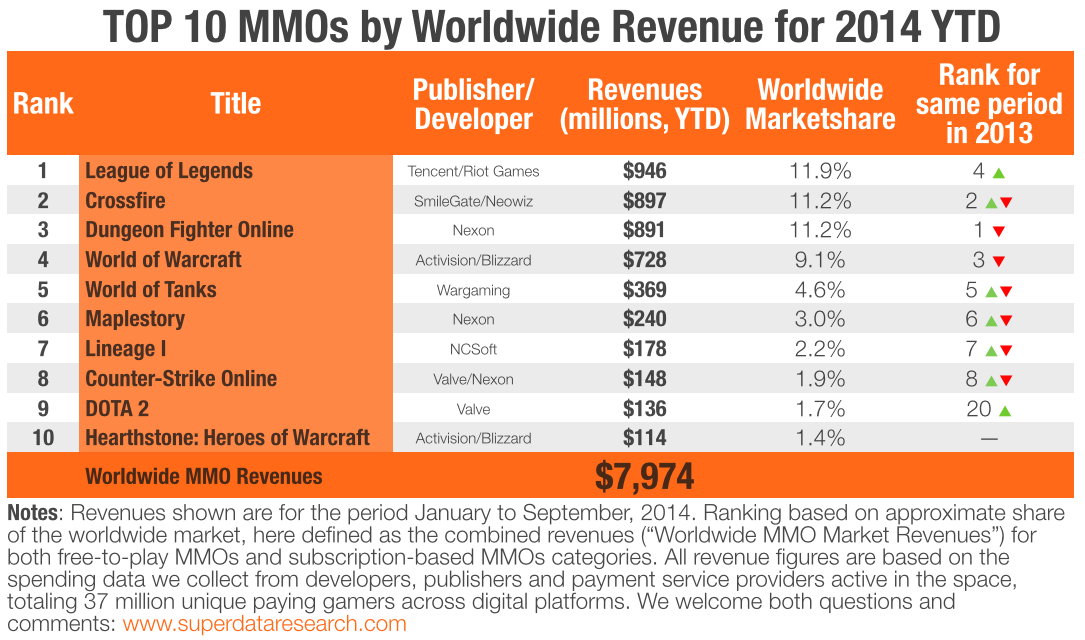
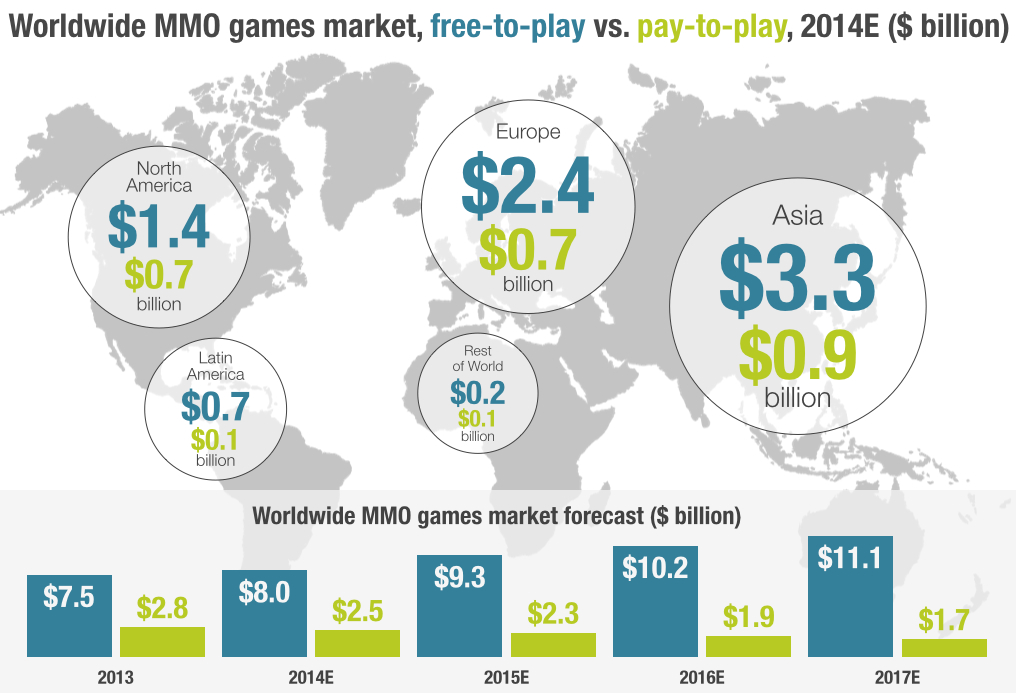
 Alex Hayter
Alex Hayter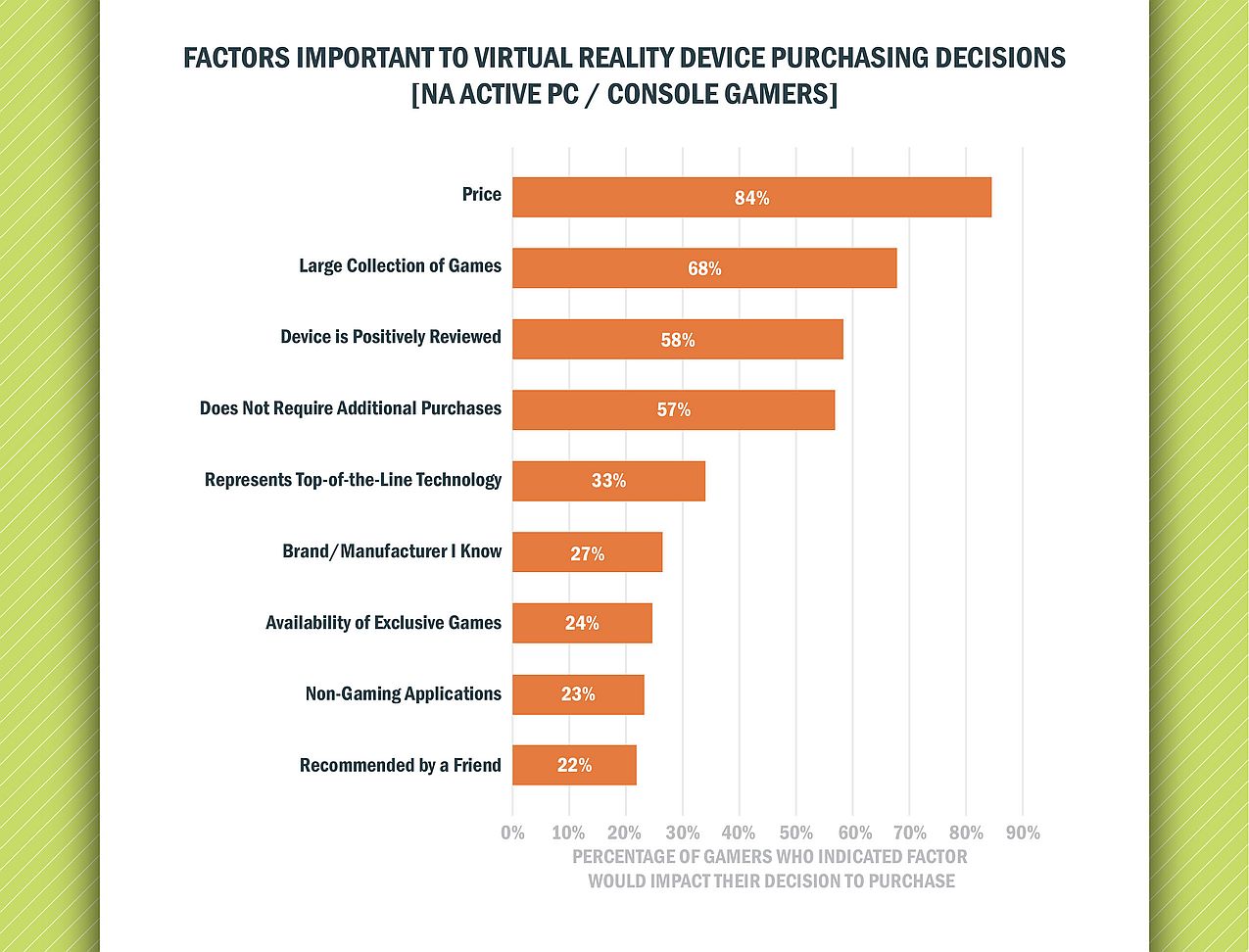
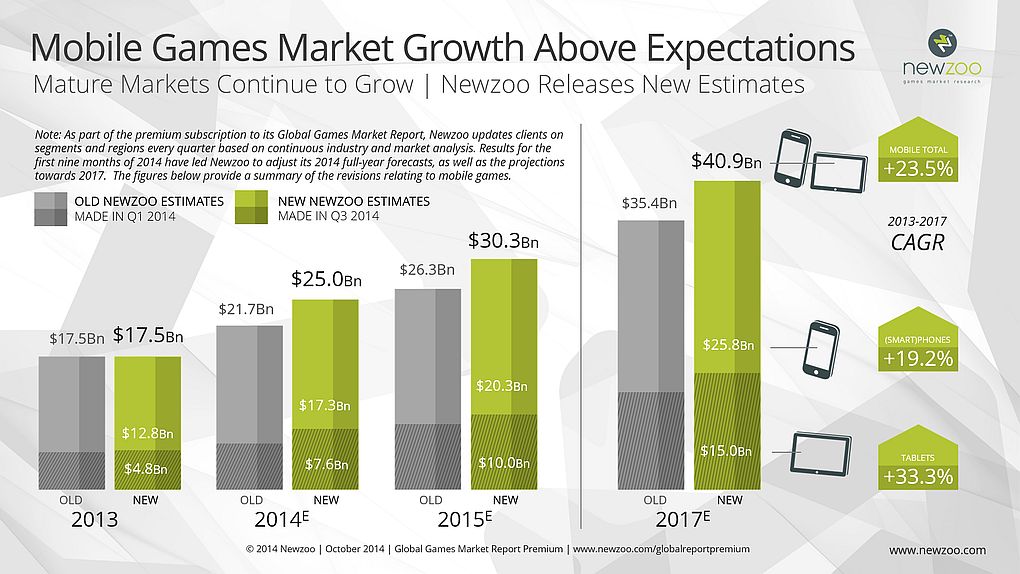
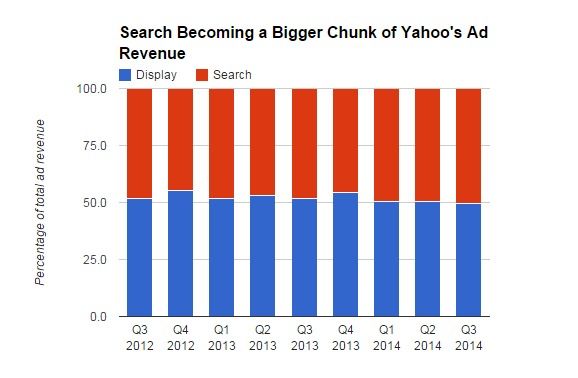
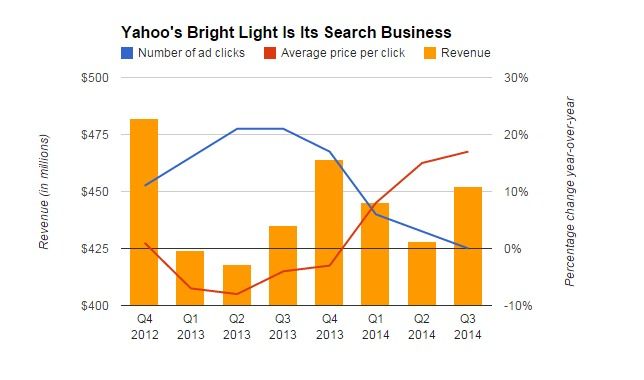
 Samuel J. Schwieters, co-founder of Good Gaming
Samuel J. Schwieters, co-founder of Good Gaming
